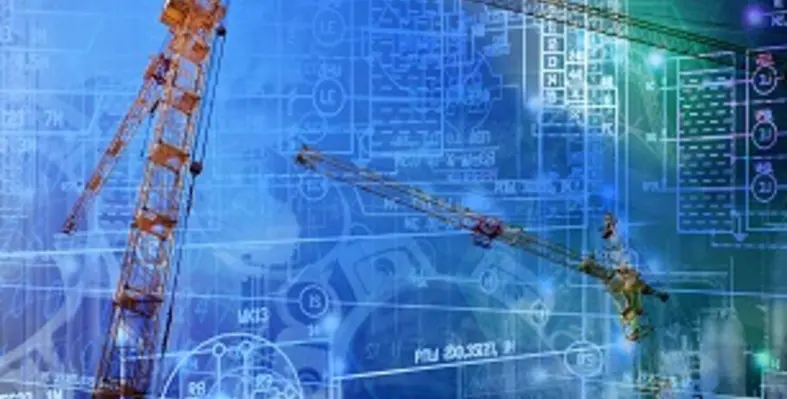Pranav Jaswani, technology analyst at IDTechEx, digs Into the electric excavator industry.
The construction machinery sector is still in the nascent phase of electrification, having introduced the first small electric machine in 2015. Nevertheless, IDTechEx's latest report, "Electric Vehicles in Construction 2024-2044: Technologies, Players, Forecasts," underscores significant advancements in today's electric machines, which are more robust and efficient compared to those from less than a decade ago.
Original Equipment Manufacturers (OEMs) globally are accelerating the development of electric machinery, and IDTechEx predicts that the industry will expand to a value exceeding US$126bn by 2044.
Performance improvements
The initial electric machines introduced were mini-excavators, chosen for their smaller size and lighter workloads, making them suitable for testing construction electrification. Initially, there were concerns among construction companies about whether these electric machines could meet the job site's demands and perform on par with diesel engines.
According to IDTechEx's latest report, electric mini-excavators have now developed to a stage where they can match diesel machines on nearly all key metrics. Electric vehicles (EVs) now offer comparable or even superior power compared to their diesel counterparts, with models from Kato and Wacker Neuson generating 30-60% more digging force than a typical diesel machine of the same size. There have also been significant advancements in runtime. While the first electric machines could operate for only 4 to 6 hours on a single charge, newer models can now run for up to 8 hours (a full workday) as a standard. Continued battery development has significantly contributed to this improvement, and IDTechEx anticipates runtimes will soon extend to 9 to 10 hours.
Electric construction machines are increasingly focusing on larger excavators and loaders. Initially dominated by mini-excavators, the market has shifted towards developing larger machines, such as excavators and wheel loaders, which accounted for 35% of all equipment sales in 2023 and are significant greenhouse gas emitters. Electrifying these machines is crucial for the industry's decarbonization.
From 2019 to 2023, the size of new electric machine models has grown substantially. Previously, 3-tonne mini-excavators were the pinnacle of electric technology, but now multiple OEMs produce large excavators over 20 tonnes, with the Chinese OEM Know-How even producing a 52-tonne electric excavator in 2023. Wheel loaders have also seen similar growth, with 20-tonne models becoming standard.
This growth in machine size has driven the need for larger and more advanced battery systems. Battery sizes have increased dramatically, from around 30 kWh in 2018 to over 500 kWh in 2023. The Know-How 52-tonne excavator features a massive 700 kWh battery, estimated to cost US$210,000 and weigh over 3.5 tonnes.
The future
Many of the larger electric construction machines now on the market have achieved performance levels comparable to their diesel counterparts. Original Equipment Manufacturers (OEMs) have moved beyond merely matching diesel performance and are now focusing on expanding their electric vehicle (EV) portfolios to include larger and more varied equipment. Chinese OEMs are leading this trend, having developed bigger excavators and wheel loaders, and are also pushing forward with the electrification of mobile cranes that weigh hundreds of tonnes.
The future of the electric construction industry heavily depends on advancements in battery technology. Currently, OEMs face higher battery costs compared to the automotive industry, but scaling up EV production and establishing dedicated supply chains are expected to reduce these costs. Enhancing the efficiency of existing battery technologies and introducing more advanced lithium-ion and future battery innovations will allow for a broader range of machines to be electrified and improve their overall performance.
According to IDTechEx’s new report, "Electric Vehicles in Construction 2024-2044: Technologies, Players, Forecasts," the electric construction machine industry is projected to grow at a compound annual growth rate (CAGR) of 21%, reaching a market value of US$126bn by 2044.





